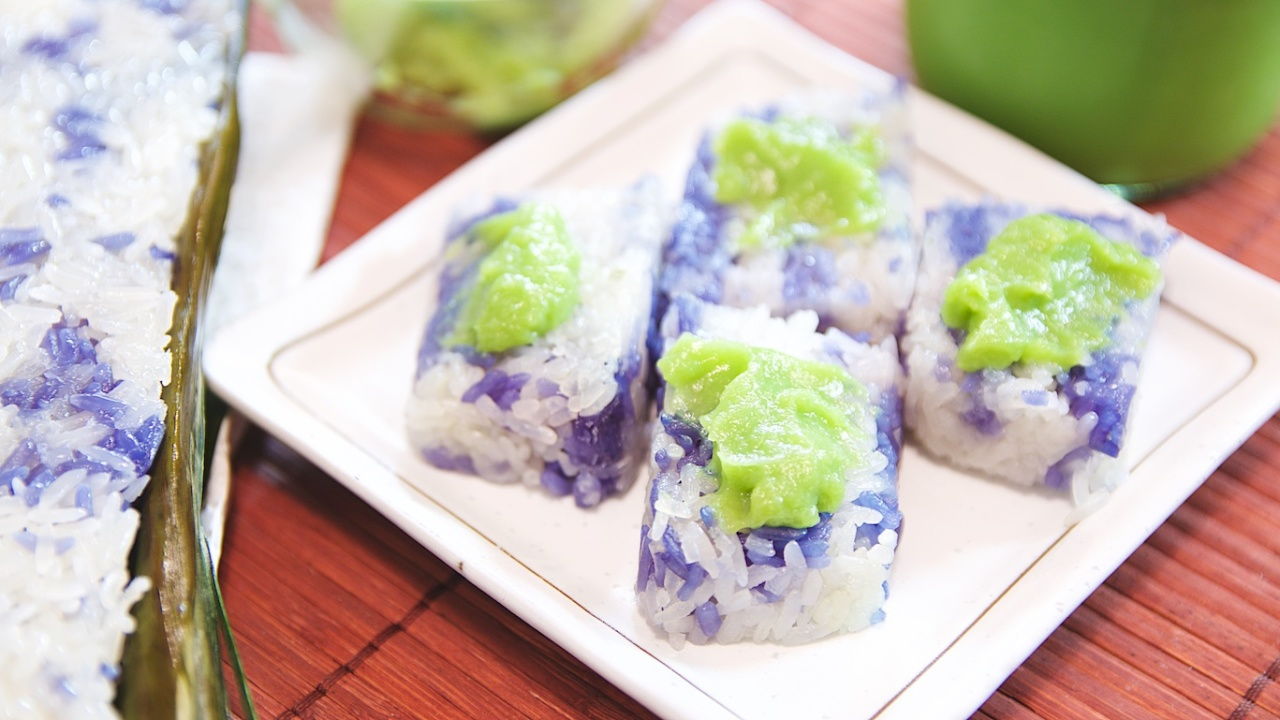Pulut tai tai is served as a dessert or a delicacy during the Straits Chinese weddings. Also known as pulut tekan to the locals, this ‘kuih’ is made of glutinous rice steamed in coconut milk which is then compacted in a wooden frame. Hence, it literally translates to ‘pressed glutinous rice’. The glutinous rice is then divided into desired shapes and slathered with a sweet coconut jam known as kaya.
Why is it known as “pulut tai tai”?
It is also known as “pulut tai tai” for its elegant outlook. Tai Tai refers to a rich man’s wife who enjoys a life of leisure. It is said that this specific kuih was only served to the wives of rich men back then.
Glutinous rice must be pressed hard
Glutinous rice must be compacted as much as possible. Do not be afraid that the rice would spoil as the grains are meant to stick to one another. If it is not properly compacted, the glutinous rice will fall apart. Well compacted glutinous rice will not break when sliced and should be very flexible.
Rest at room temperature or refrigerate?
After steaming and compressing the glutinous rice, it should be left at room temperature to set for at least 4 hours. Refrigerating it will cause the glutinous rice to harden.
What is kaya?
Kaya is a slow cooked coconut milk jam which is made with eggs and sugar. Check out the recipe here for pandan-flavoured kaya. Pulut tekan tastes equally good with either the pandan-flavoured or the usual brown kaya. The slight tinge of saltiness of the glutinous rice coupled with the sweetness of the kaya makes this kuih a delight to savour.
The contrasting colour of the coconut jam together with the vibrant blue and white of the glutinous rice makes the kuih delightful and pleasing to the eyes of the beholder. Seriously, it is really tough not to like this kuih once you have sampled it. It is truly irresistible.
